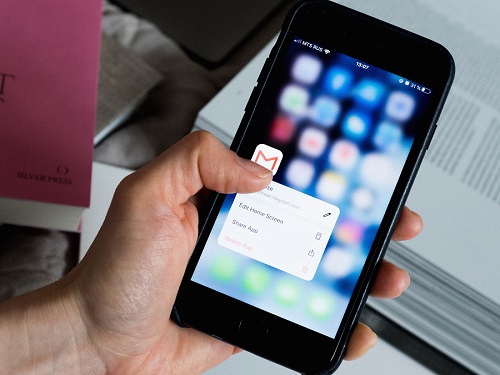Software-as-a-Service (SaaS) has transformed the business landscape, offering convenience, scalability, and efficiency by enabling seamless collaboration in the cloud. However, the benefits of SaaS come hand in hand with potential threats, and one of the latest concerns is the alarming surge in SaaS ransomware attacks. In this article, we’ll explore what SaaS ransomware is, the risks it poses, and most importantly, how you can fortify your defences.
What is SaaS Ransomware?
SaaS ransomware, also known as cloud ransomware, is malicious code crafted to target cloud-based applications and services, including platforms like Google Workspace and Microsoft 365. Attackers exploit vulnerabilities within these cloud-based systems, encrypting valuable data and effectively locking users out of their accounts. Cybercriminals then demand a ransom, often in cryptocurrency, in exchange for the decryption key.
The Risks of SaaS Ransomware
SaaS ransomware introduces complexity into the cybersecurity landscape, posing several risks to individuals and organizations:
- Data Loss: The immediate risk is the loss of critical data, disrupting access to cloud-based applications and files, potentially grinding productivity to a halt.
- Reputational Damage: Successful SaaS ransomware attacks can tarnish your organization’s reputation, eroding trust among customers and partners regarding data protection, thus negatively impacting your brand image.
- Financial Impact: Paying the ransom doesn’t guarantee data recovery and may encourage attackers to target you again. Additionally, the costs associated with downtime and recovery efforts can be substantial.
Defending Against SaaS Ransomware
Taking a proactive approach to defense is essential in countering SaaS ransomware. Here are effective strategies to protect your organization:
- Educate Your Team: Initiate employee awareness programs to educate them about SaaS ransomware risks, its spread via phishing emails, malicious links, or compromised accounts, and empower them to recognize and report suspicious activities.
- Enable Multi-Factor Authentication (MFA): Implement MFA as a crucial security layer, requiring users to provide an additional form of authentication, such as a one-time code sent to their mobile device. MFA reduces the risk of unauthorized access even if login credentials are compromised.
- Regular Backups: Frequently back up your SaaS data to ensure data availability in the event of a ransomware attack. Up-to-date backups enable file restoration without succumbing to ransom demands.
- Apply the Principle of Least Privilege: Limit user permissions to the essential functions needed for their job, adhering to the principle of least privilege. This mitigates potential damage in case of unauthorized access.
- Keep Software Up to Date: Maintain up-to-date software, including SaaS applications and operating systems, with the latest security patches to address known vulnerabilities and strengthen your defense.
- Deploy Advanced Security Solutions: Consider third-party security solutions specialized in safeguarding SaaS environments. These solutions offer real-time threat detection, data loss prevention, and other advanced security features.
- Track Account Activity: Implement robust monitoring of user activity and network traffic to detect suspicious behavior early. Watch for signs like multiple failed login attempts or access from unusual locations.
- Develop an Incident Response Plan: Prepare and practice an incident response plan outlining steps to take in the event of a ransomware attack. A well-coordinated response can minimize the impact and expedite recovery.
Secure Your Cloud Future with Our Expertise
SaaS ransomware is a critical cybersecurity concern, and proactive defense is crucial. Don’t leave your cloud data unprotected. If you need assistance in fortifying your defenses against the evolving cyber threats in the digital realm, our team is ready to help. Contact us today to schedule a consultation.



